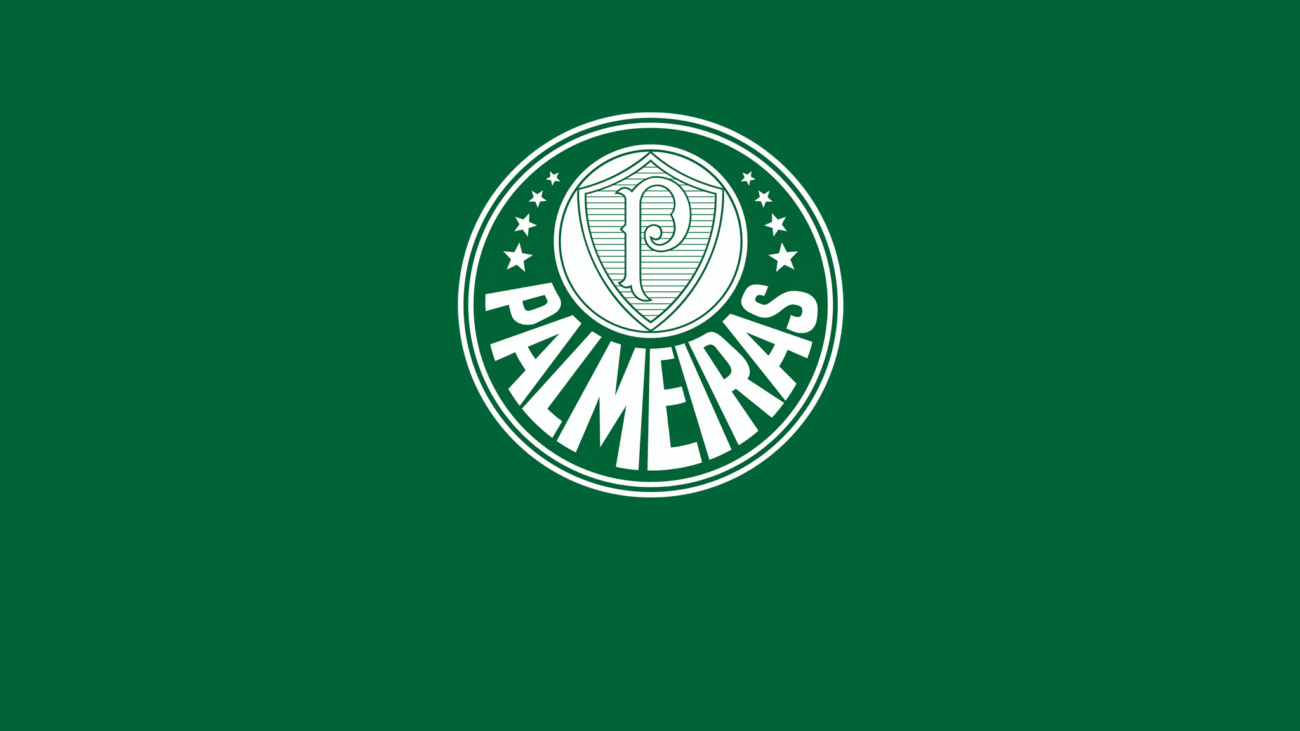The world of football is dynamic and ever-changing, with tactical approaches evolving to meet new challenges and trends. Palmeiras FC has been at the forefront of this evolution, blending traditional Brazilian flair with modern strategic innovations. This section delves into the club’s historical playing style, the influential coaches who have shaped its identity, and the current tactical trends that define its gameplay.
The Foundations of Palmeiras FC
Palmeiras FC has always had a reputation for a balanced approach to football. The team combines robust defensive capabilities with an efficient offensive strategy that showcases individual talents while maintaining collective organization link nha cai.
Historically, the club’s early playing style was characterized by physicality and direct play, focusing on winning duels and exploiting space behind opposing defenses. However, as the game evolved, so too did Palmeiras’ strategies. The club embraced possession-based football, reflecting a broader shift in global football dynamics.
Coaches over the decades have emphasized tactical discipline, meaning players are trained to adhere closely to game plans. This includes understanding their roles in both attacking and defending phases, which make Palmeiras a versatile opponent capable of adapting to various match situations.
Influential Coaches and Their Tactical Signatures
Luiz Felipe Scolari, known affectionately as “Felipão,” played a fundamental role in shaping the club’s tactical identity during his tenure. His pragmatic approach to strategy placed great importance on a well-structured defense paired with quick transitions into attack.
Scolari’s time at Palmeiras wasn’t just about organizing the team; it involved instilling a strong mental framework. He believed that psychological preparation was as crucial as physical readiness, teaching players to remain resilient under pressure.
One of his signature tactics was to utilize a compact formation, allowing players to close down spaces effectively. This method led to significant successes, including lifting the Copa do Brasil and the highly coveted Copa Libertadores title. His legacy illustrates the enduring impact of a cohesive game plan and the importance of adaptability in achieving success.
Abel Ferreira: The Modern Architect
Current head coach Abel Ferreira represents a new wave of tactical thinking within the club. His methods reflect not only contemporary trends in football but also integrate aspects learned from European coaching philosophies. Ferreira places a heavy emphasis on pressing as a means to regain possession quickly, showcasing an aggressive style that keeps opponents on their toes.
Under Ferreira, Palmeiras has experimented with formations that adapt fluidly throughout matches. A key hallmark of his coaching is positional flexibility, ensuring that players can transition seamlessly between offensive and defensive duties.
His approach includes meticulous analysis of opponents, ensuring that each game plan is tailored based on detailed scouting reports. This level of preparation has shown results, making Palmeiras a formidable force both domestically and in international competitions.
Key Tactical Trends and Player Roles
In recent years, Palmeiras has incorporated high-intensity pressing into its tactical repertoire. The club frequently employs a flexible formation—most commonly seen in a 4-2-3-1 or a 3-5-2 setup. These formations allow for quick transitions and positional rotations, giving players the freedom to exploit spaces effectively.
The use of versatile midfielders has become central to Palmeiras’ strategy, allowing for greater control in the middle of the park. Wing-backs are trained to provide width and depth, enabling the team to stretch opponents and create goal-scoring opportunities.
Additionally, tactical adjustments during matches are paramount. Players must be adept at switching roles based on game flow, whether it’s reinforcing the backline or pushing forward to support an attack. This adaptability exemplifies modern football’s need for multi-dimensional athletes, who can thrive in numerous contexts.
Future Directions: Integrating Data and Technology
As football becomes increasingly data-driven, Palmeiras aims to incorporate analytics and technology into its training and match preparations. By adopting data management tools and sports science techniques, the club can refine its tactics and ensure players are at peak physical performance.
This forward-thinking approach involves tracking player movements, analyzing performance metrics, and implementing technology that enhances training regimens. As the competitive landscape evolves, embracing these advancements will be crucial for Palmeiras to maintain its status as a top-tier football club.
The drive towards innovation does not just focus on current strategies but also emphasizes youth development and scouting practices. By identifying and nurturing young talent through a tactical lens, Palmeiras can build a sustainable future aligned with its aspirational goals.
Conclusion
Palmeiras FC’s history is a compelling narrative of perseverance, strategic mastery, and passionate community support. From its origins rooted in immigrant communities to international triumphs, the club has established itself as a football powerhouse with a rich tapestry of achievements. Its fan base, known for unwavering loyalty and fervor, embodies the spirit of Brazilian football culture, turning every match into a celebration.
As Palmeiras continues to evolve tactically and commercially, its deep-rooted values and storied heritage ensure that it remains an influential entity in global football. This enduring legacy makes Palmeiras FC not just a club, but a symbol of resilience, excellence, and communal pride. Football is more than a game; for Palmeiras and its supporters, it is a way of life that unites generations across borders, creating an everlasting bond that transcends mere victories.
